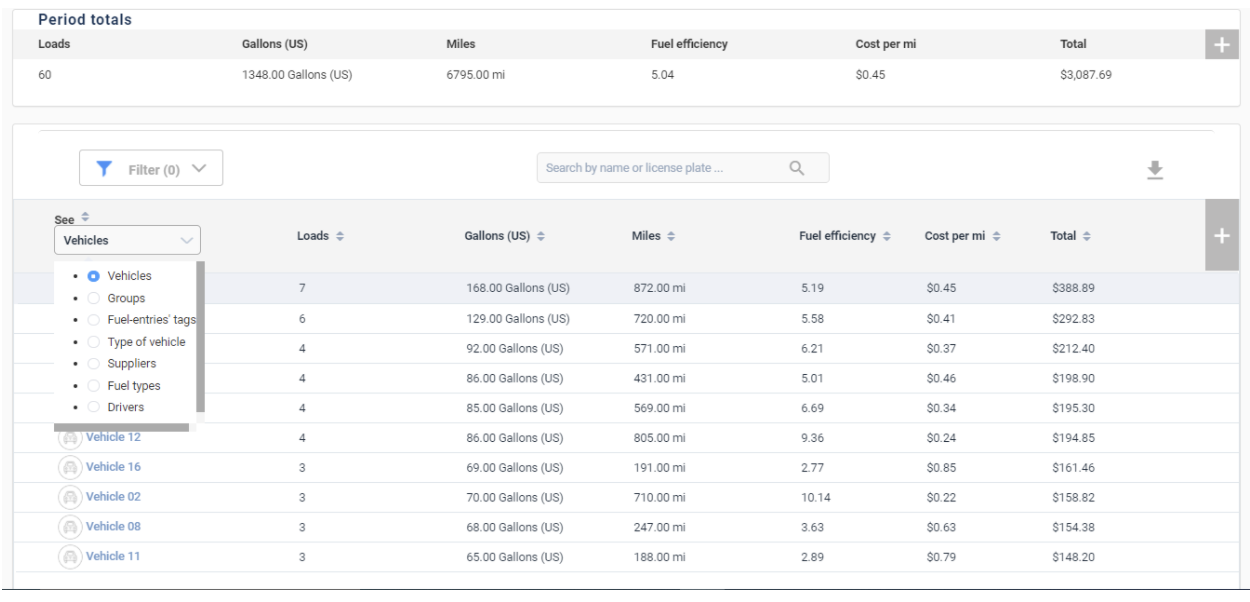Dear Fleet Manager,
As you know, fuel is the biggest and most recurring fleet cost.
For some fleets, it constitutes up to 60% of the operating expenses. Most fleet managers attempt to decrease consumption by acquiring the most fuel efficient vehicles, negotiating discounts with providers, or by installing tracking software to cut idle times.
However, as telematics becomes the new industry standard, you may wonder how you can leverage telemetry to minimize your fuel consumption. The problem is that data by itself is just an empty number - instead, you need insights. What vehicle has the highest CPM? What vehicle is increasingly consuming more fuel? What provider offers the cheapest fuel? Which driver needs more training? Should I standardize my fleet around what vehicle make and model?
To answer accurately, you need to integrate your fuel card, GPS, or ELD device into a fleet management software to gather actionable insights. Bottom line is - stop using spreadsheets, automate your workflows, and receive insights on your least cost-efficient vehicles and drivers. You’ll begin to enjoy life a little more.
These are the top 5 ways a FMS can help you find the most insightful information on fuel:
- Standardization: An individual vehicle thought to have a low CPM does not mean it is the cheapest to operate. Instead, you should look at the data globally and find which vehicle brand, model, and year is the least consuming for your operational needs. Use a FMS to find your most efficient vehicle and standardize the fleet where you can.
- Compare fuel types and providers: Usually, Fleet Managers will sign exclusively with a national fuel provider and receive a discount in exchange. However, did you ever wonder if other provider gas stations are closer to your routes and can save extra mileage? Your FMS helps you compare not only your vehicle fuel efficiency, but also your provider’s.
- Driver Training: Are you aware of your least fuel efficient driver? Decrease your fleet total CPM by identifying these and provide them with more training. Not only will you reduce fuel consumption, but your drivers will be safer and the vehicle lifecycle will increase.
- Sustainability: Have you implemented sustainability metrics into your reporting? Having a more sustainable fleet does not necessarily mean replacing all your vehicles with EV. Small but important steps towards the right direction begin with identifying your highest consuming vehicles, doing maintenance, eliminating underutilized vehicles, and better training drivers. Then, use your FMS to track your fleet reduction of CO2 emissions.
- Hidden Costs: Hidden costs like driver fuel fraud is more common than you think. A simple integration of your odometer readings and a fuel card can uncover unknown theft. Having data insights allows you to identify anomalies instead of having unusual charges get lost in a long spreadsheet or email thread - even making small distinctions like a highly consuming route versus actual fraud.
Hope you follow our advice and work towards a more enjoyable life. Spreadsheets are the reason why some fleet managers get divorced. It’s never too late to start organizing your fuel data and save your marriage.
